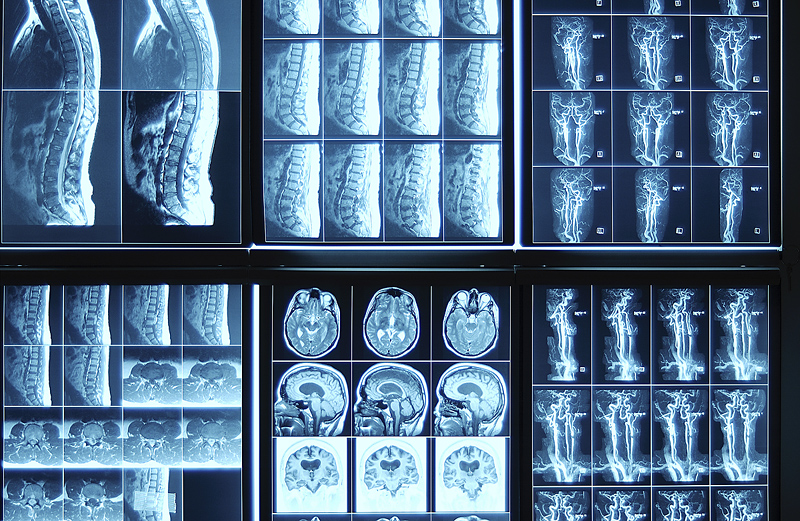
MONDAY, Aug. 13 (HealthDay News) — Results of medical tests done just before patients leave the hospital often go unread and are not acted upon, posing health risks to a significant number of patients, Australian researchers have found.
And the situation also exists in the United States, one expert warned.
“This is a huge problem,” said Dr. Gordon Schiff, associate director of the Brigham Center for Patient Safety Research and Practice and an associate professor of medicine at Harvard Medical School in Boston.
Although many tests don’t uncover any serious problems, a significant number do, said Schiff, who was not involved with the study.
“We know that many tests that are ordered in hospitals never get looked at, yet these tests carry as much important information about patient health as other tests,” said lead study author Enrico Coiera, director of the Center for Health Informatics at the Australian Institute of Health Innovation at the University of New South Wales.
“We wanted to understand better why doctors go to all the trouble of ordering tests, but then don’t look at them,” he said.
Close to half of the tests ordered on the day of discharge are never looked at again, Coiera said.
“Some of these are unnecessary and represent a major opportunity to save on costs,” he said. “Others are clinically significant, and should be followed up.”
The report was published as a research letter in the Aug. 13 issue of the journal Archives of Internal Medicine.
To understand the extent of the problem, Coiera’s group reviewed more than 660,000 tests ordered for more than 6,700 patients. The study took place in a single metropolitan hospital.
“We found that it is tests ordered at discharge day where the biggest problem lies,” Coiera said.
Although tests ordered on the day patients were discharged accounted for only about 7 percent of all tests ordered, they made up 47 percent of unread tests at the time of discharge and 41 percent of unread tests two months after discharge, he said.
“We discovered that the chance a test result actually gets looked at has a lot to do with how long it is available for review,” Coiera said. “At the most extreme, tests that are ordered on the day a patient is discharged from the hospital have the least time to be looked at.”
Failure to follow up on test results is a real risk for patient care, since important information that should be acted on does not get looked at, or because there are unnecessary tests that could have been avoided, he said.
Coiera proposed several ways to fix this problem, including keeping records that match patient discharge to tests done and that warn staff that the patient has left the hospital. In addition, electronic medical records could also help by reminding doctors to look at these test results.
Test results often fall through the cracks when patients are discharged or moved to a nursing home, Schiff said. “There is a risk of tests not being followed up on, because we don’t have good systems to do that,” he said.
It also is not often clear whose responsibility it is to look at test results once the patient had been discharged, he said.
Many of these tests don’t change a diagnosis or require and action, “but many of them do,” Schiff said.
Echoing Coiera, Schiff suggested that the problem could be solved with electronic medical records that keep track of test results and alert doctors when the results have not been reviewed. In sophisticated systems, these alerts can be sent to the patient’s primary care doctor, he said.
Patients also can play a role by keeping track of their tests and asking their doctor about the results, Schiff said.
Diane Pinakiewicz, president of the National Patient Safety Foundation, added that test results are “one of the important things to pay attention to as part of the hospital discharge process.”
This problem is another reason the discharge process shouldn’t be left to the day of discharge, but should be started earlier, she said.
Pinakiewicz said changes in health care are placing more emphasis on preventing hospital readmission and other problems that increase costs. Making sure test results follow the patient is part of that effort.
In addition, patients should make sure any test results are sent to their doctor and also ask the hospital for a phone number they can call to track their test results, Pinakiewicz said.
More information
For more about patient safety, visit the U.S. National Library of Medicine.

